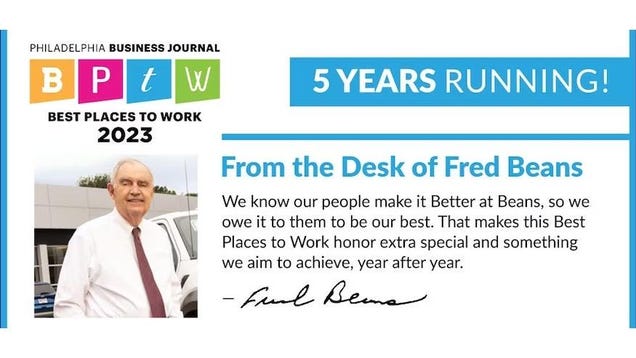We started with immersing ourselves in architecture. The tour included several notable desert landmarks, including a restored Butterfly house by Palmer and Krisel, Donald Wexler’s own desert home, the Edris house and Frank Sinatra’s “Twin Palms” Estate, both by E. Stewart Williams, and dined at William Cody’s Southridge hillside home. There were several schools of modernism at play- from a house that seemed to ride from the rocky hillside to post and beam examples that floated in the air. New Cadillacs were parked discreetly at the various locations and indeed looked appropriate in their surroundings.
Cadillac still refers to its design theme as “Art and Science,” but they’ve evolved well beyond the angry kitchen appliance look of the original CTS. The language now is more a blend of soft shapes and sharp details, and the ELR has a lot in common with the 1967 Eldorado. It’s not an inappropriate comparison at all really- with both being personal luxury offerings acting as halo entries and both aimed at the top of the price ladder and intended to sell in small numbers. The ‘67 Eldorado was about 60s style and power, while the ELR blends contemporary style with extended range electric car technology and a high degree of luxury.
We all climbed into a fleet of ELRs and drove up winding highway 74 to the mountain village of Idyllwild. It’s a winding two-lane road, and a great opportunity to experience the ELR’s active suspension and regenerative braking paddles. Again, another reminder that ELR is not just a Volt with a crest- the ride and handling were on a par with the finest European coupes- and the cabin was so quiet I admit I didn’t notice when the generator took over.
On way down, I caught a ride with the ELR’s Marketing Product Manager who was able to demonstrate the car’s capabilities on the winding downhill road. All of that time the Cadillac chassis engineers have been spending on the Nurburgring has paid off- the ELR’s chassis showed amazing poise and happily went wherever it was pointed. He also demonstrated how the regen paddles are perfect for this type of mountain descent. I arrived back in down in the desert basin slightly white-knuckled but highly impressed with the chassis.
Photo Credits: Richard Prince/Cadillac and Jeff Stork





















